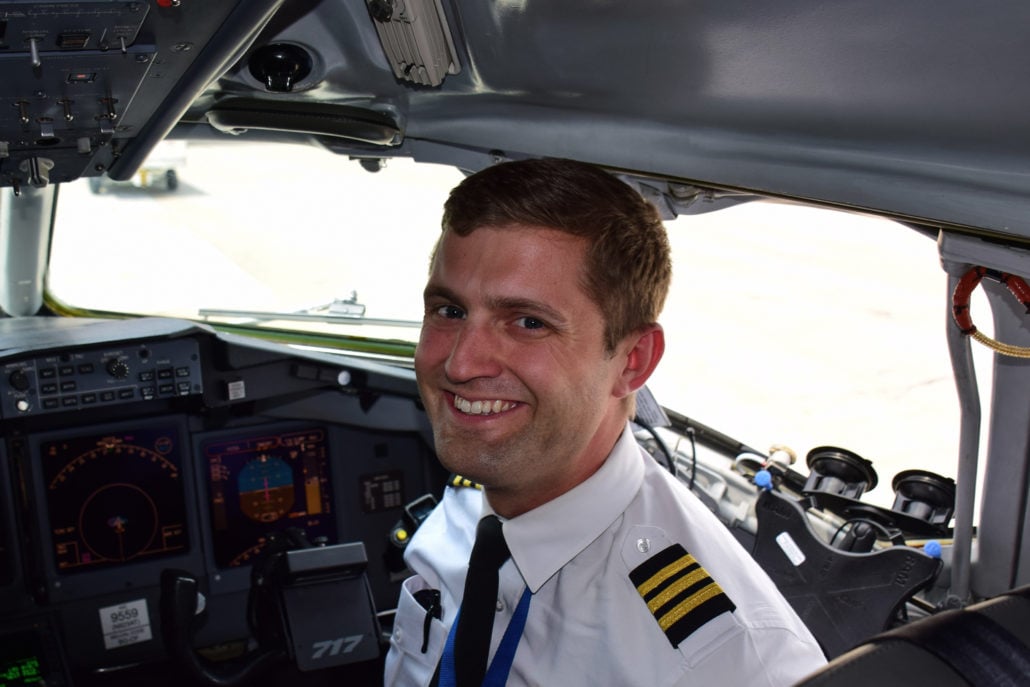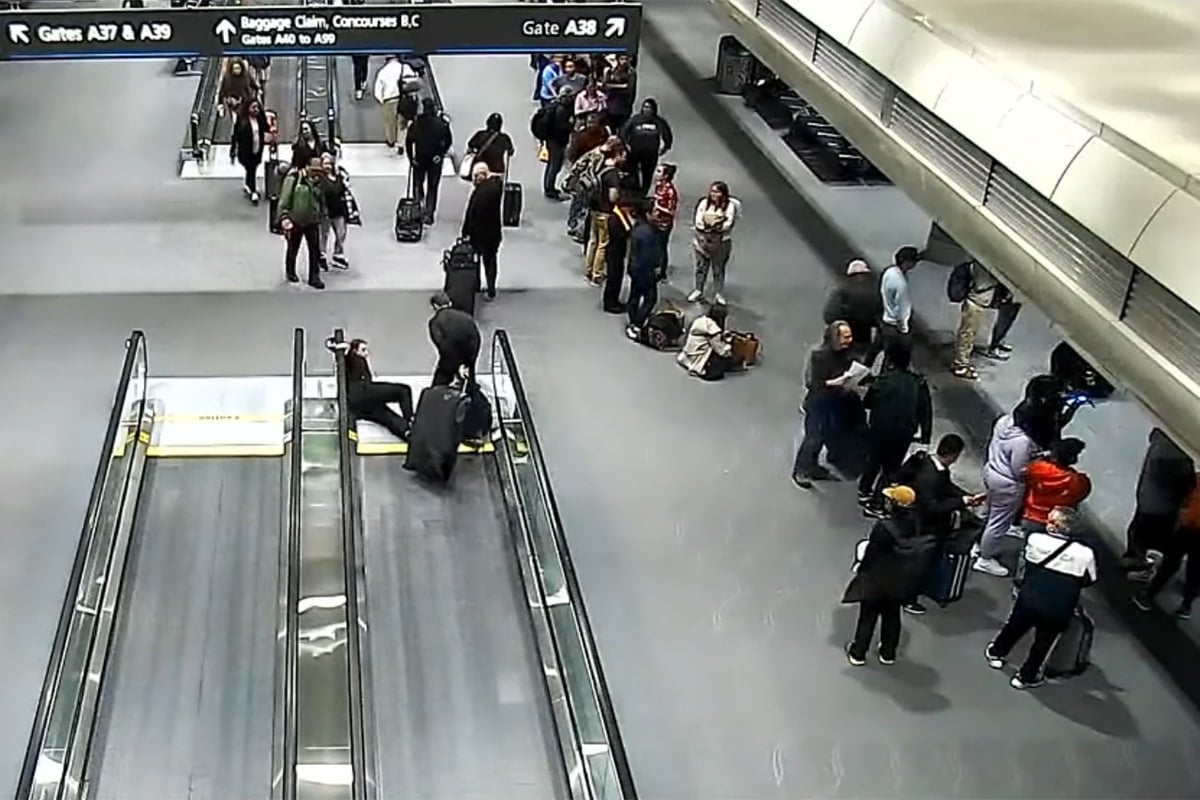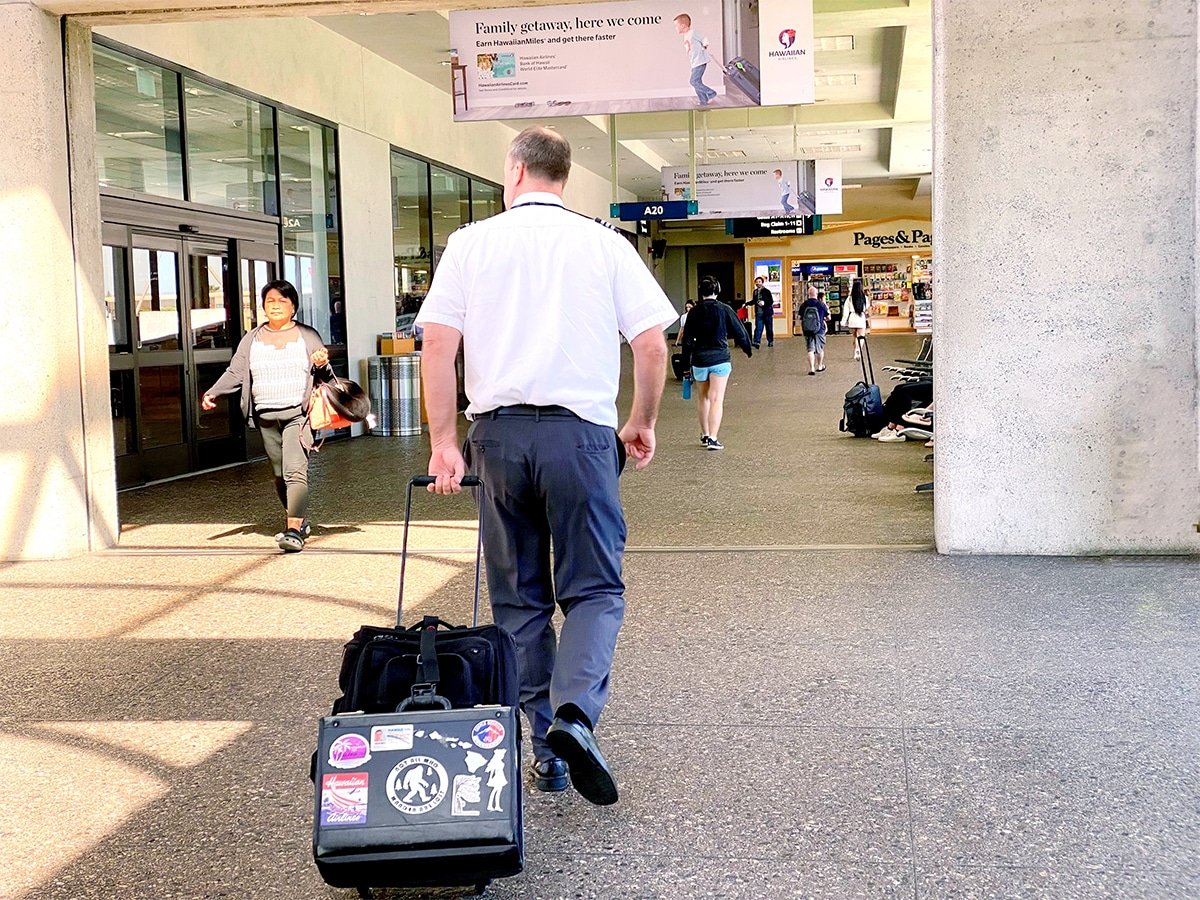
In our Ask a Pilot series, pilot Spencer Marker answers one of your aviation-related questions each week. See past installments here and submit your own to Whitney@johnnyjet.com.
The question
What is that white cloud that comes out of the back of an airplane as it flies? Why don’t all airplanes have them?
—Marian J.
The answer
Hi Marian, and thank you for writing in this week. The effect I believe you’re referring to is called contrails. Contrails are formed as an airplane flies at high altitude when the air is cold and moist. The phenomenon is common and there are certain communities that believe these trails in the sky to have a more sinister connotation, but I won’t discuss that in this article. Rather, I’d like to talk about these clouds made by airplanes, and how they occur.
Contrails
Looking up on a given day, you may see streaks of clouds following airplanes as they sail by. And guess what? That’s exactly what they are: clouds. The meteorological term is homomutatus or cirrus aviaticus. However, most pilots call these clouds contrails, short for condensation trails.
As an airplane flies, its engines take the outside air and compress it, much in the way the pistons in a car’s engine compress air before burning it. This compressed air is mixed with fuel and ignited in the engine, before rushing out of the back of the engine and producing the thrust that propels the airplane through the sky.
Byproducts of this combustion are water and a tremendous amount of heat. So at the back of the engine, this moist, hot air is released into the very cold atmosphere at cruising altitude. If the air at altitude is also moist, the local humidity behind the aircraft will increase past the air’s saturation point. At this point, the air cannot take accept any more moisture and a cloud will form as this super-moist air cools and condenses. Just like a warm breath will make steam on a cold, humid day.
Watch a 787 produce a beautiful early morning contrail in this video from YouTube user LouB747:

Additionally, the fine particulates released in the combustion of fuel in an engine also provide a nucleus on which moisture can condense, and thus assist in creating these long trails.
However, not every aircraft will produce a contrail all the time. The presence of contrails depends on the humidity of the air at altitude. If the air is moist, a contrail will likely form. If the air is dry, an airplane will likely not leave its mark on the sky.
It’s not just jet airplanes that create contrails. During World War II, massive piston engine bomber formations would create hundreds of contrails at high altitudes on their way to their targets.
Aerodynamic contrails
Another unique feature of flying through moist air is called Aerodynamic Contrails. Unlike their high altitude only cousins, this phenomenon condenses vapor not using the engines, but rather the aerodynamics of the airplane.
YouTube user ViewsofFlying gives us this excellent view of aerodynamic contrails and condensation as a 777 lands in Finland:

These type of contrails are produced when moist air is cooled by the low pressure created by the wing as it makes lift. This drop in pressure and its corresponding reduction in temperature can chill the air going over the wing below the dew point, condensing the water vapor. This vapor is visible either as a sheet of moisture going over the wing, or by the condensation of wake vortices off of the airplane’s wingtips or flap tips.
While contrails produced by the engines are produced at high altitudes, or low to the ground in extremely cold temperatures, aerodynamic contrails can be produced at either high or low altitude. The only requirement is that the air is moist.

Aerodynamic contrails can also be produced by the tips of airplane propellers during operation in high humidity. They are also created by a decrease in temperature and pressure as the propeller creates forward lift. As the airplane flies forward, these contrails appear to spiral behind the engine, creating a spectacular aerodynamic show!
To sum up
Thanks again for the excellent question, Marian. Those long trails that we see crisscrossing the sky are simply clouds. Albeit, manmade clouds. And the conditions that facilitate their creation are the same ones that cause you to see your breath on a cold day. And while they may seem to be strange occurrence, they are perfectly normal, and perfectly safe.
Thanks again for the great question! If anyone has a burning aviation question or something you would like cleared up, drop us a line at Whitney@johnnyjet.com to get your question featured in an upcoming Ask a Pilot column.
Tailwinds,
—Spencer








It’s to bad that your just another paid lier and denier about the 100% factual evidence about the reality of these programs. (SRM)SOLOR RADIATION MANAGEMENT What you say is all about deceiving the uninformed with its all natural and everything is ok.Have you been to a forest, river,ocean,etc…latey. Dead and dying.Here in No.Cal all the dead trees that have fallen over the very top branches are silver!!!That’s not natural. You fool people with the analogy that it’s the same as on a cold day you breathe out condensation,but the condensation doesn’t follow you around the block.Your just another lying fool.Please if anyone reading this has any doubt at all go to GEOENGINEERINGWATCH.ORG FOR THE 110% FACTUAL EVIDENCE OF THESE PROGRAMS OF TOTAL DESTRUCTION TIME IS SHORT FOR ALL!!! TELL ALL YOU KNOW WITH THIS FACTS ON THIS WEBSITE YOU’LL BE SHOCKED!!!HAVE A NICE DAY IF YOU CAN SEE THE ONCE BLUE SKY WHERE YOUR AT.
Hey Damon. While I disagree with your position as to the nature of this phenomenon, thank you for reading.
Smh. I don’t agree that Spencer is trying to deceive us with his answer but rather hes just ignorant of what’s actually going on.
The fact that he is an airline pilot though and doesn’t see what’s going on right in front of his eyes, makes me never want to fly with him as my pilot.
Spencer you have to know the amount of time a true contrails remains in the sky, and you also have to see that some of them stay up there a lot longer than they should.
So snap out of your brainwashing and ignorance and do a little investigation into this. I don’t mean talking to other idiots in your field, do some experiments so you can see the truth, so hopefully you can stop going along with their evil agenda to depopulate.
It blows my mind when I have listen to people like you spreading word vomit everywhere, making this thing so much harder for those of us who aren’t living in the illusion, but are trying to stop the poisoning of yourself and the rest of humanity.